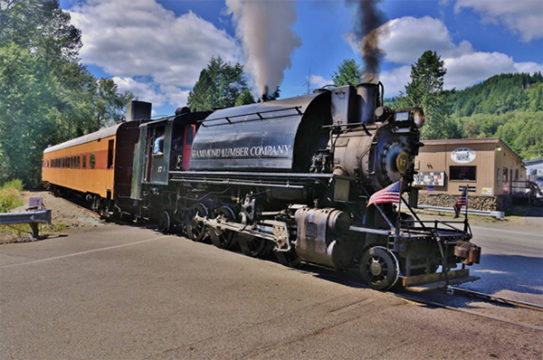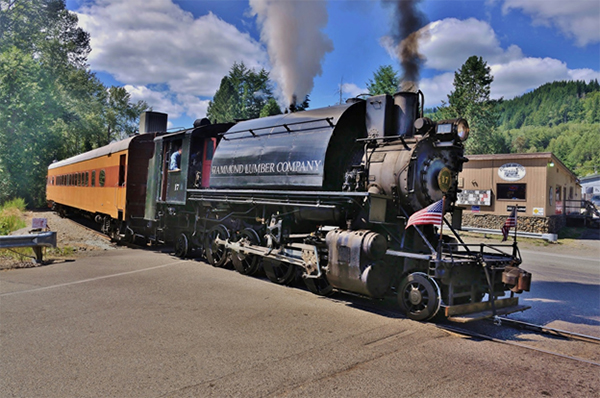
It’s November 11th; today the nation pauses to remember and express its gratitude to our military veterans, so many of whom have given so much for all of us. The Labelmaster family joins the rest of our country in saying, “Thank you, veterans!”
Unexpectedly severe cold and snow also grips the nation as this issue of the Digest goes to press; if you’re behind the curve on getting your workplace’s winter action safety plan together, bear down and be ready for the next wintry blast! It was a pretty busy week in the regulatory world, with interesting lithium battery news from the DOT, as well as many other actions. See all the latest right here:
U.S. DOT
In news on the ever-present Lithium Battery front, U.S. DOT announced the appointees to the newly forming Lithium Battery Advisory Committee, which, as its name implies, will assist the department and PHMSA in particular with developing regulatory strategy and responses dealing with this still-expanding section of the Dangerous Goods World. The appointees include representatives from a wide selection of stakeholders, including manufacturers, carriers, retailers, airline pilots, and emergency responders, among others. See the announcement and full appointee list here
OSHA
The agency published a notice to advise interested persons that on Tuesday, November 12, 2019, OSHA will conduct a public meeting to discuss proposals in preparation for the 38th session of the United Nations Sub-Committee of Experts on the Globally Harmonized System of Classification and Labelling of Chemicals (UNSCEGHS) to be held December 11 through December 13, 2019, in Geneva, Switzerland. Find details on how to participate here
OSHA also published an ICR related to its HAZWOPER program. The Hazardous Waste Operations and Emergency Response Standard (29 CFR 1910.120) specifies a number of collection of information (paperwork) requirements. Employers can use the information collected under the HAZWOPER rule to develop the various programs the Standard requires and to ensure that their workers are trained properly about the safety and health hazards associated with hazardous waste operations and emergency response to hazardous waste releases. OSHA will use the records developed in response to this Standard to determine adequate compliance with the Standard’s safety and health provisions. See the ICR here
In another ICR, the agency seeks further information from the users of Dip Tanks. Such process tanks are commonly used in industrial plating and coating operations, often with significant input of various hazardous chemicals. See the request here
A third ICR pertains to the requirements specified in the 4,4′- Methylenedianiline (MDA) Standard for General Industry in 29 CFR 1910.1050 that protect workers from the adverse health effects that may result from their exposure to MDA, including cancer, liver, and skin disease. MDA is a precursor component of polyurethanes and is widely used. The major paperwork requirements specify that employers must perform initial, periodic, and additional exposure monitoring; notify each worker in writing of their results as soon as possible but no longer than five (5) days after receiving exposure monitoring results; and routinely inspect the hands, face, and forearms of each worker potentially exposed to MDA for signs of dermal exposure to MDA, as well as other very significant recordkeeping and exposure protection requirements. See this important ICR here
FMCSA
The agency issued a renewed ICR in reference to the CMV Driver Medications Form. The ICR is voluntary and allows participating physicians the opportunity to provide the agency with information relevant to continued use and improvement of the form. See the details here
The agency published a renewal of the ICR pertaining to Hazardous Materials Safety Permits. This ICR requires companies holding such permits to develop and implement communications plans that allow for the periodic tracking of the shipments. A record of the communications that includes the name of the driver, identification of the vehicle, permitted material(s) being transported, and the date, time and location of each contact may be kept by either the driver (e.g., recorded in the log book) or the company. These records must be kept, either physically or electronically, for at least six months at the company’s principal place of business or readily available to the employees at the company’s principal place of business. See the renewal here
FRA
The agency published an NPRM requiring the development and implementation of grade crossing safety action plans by states. FRA is issuing this proposed rule in response to a mandate from the Fixing America’s Surface Transportation Act to issue a rule requiring 40 States and the District of Columbia to develop and implement highway-rail grade crossing action plans. This proposed rule would also require the ten States previously required to develop highway-rail grade crossing action plans by the Rail Safety Improvement Act of 2008 and FRA’s implementing regulation to update their plans and to submit reports to FRA describing actions they have taken to implement them. Written comments must be received by January 6, 2020. Highway grade crossings with less than full protective devices in operation account for the overwhelming majority of accidents involving motor vehicles with railroad equipment. See the NPRM here
EPA
The agency published an NPRM proposing to expand the amount of information to be submitted in reference to companies making claims under the Confidential Business Information (CBI) provisions of the Toxic Substances Control Act (TSCA). This will provide a fuller understanding to EPA of the basis for the claim. See the NPRM here
Labelmaster is a full-service provider of products, shipping and training software, and professional consulting services to assist the DG and HS&E professional in complying with national and international regulations. See our full line of solutions at www.labelmaster.com.



